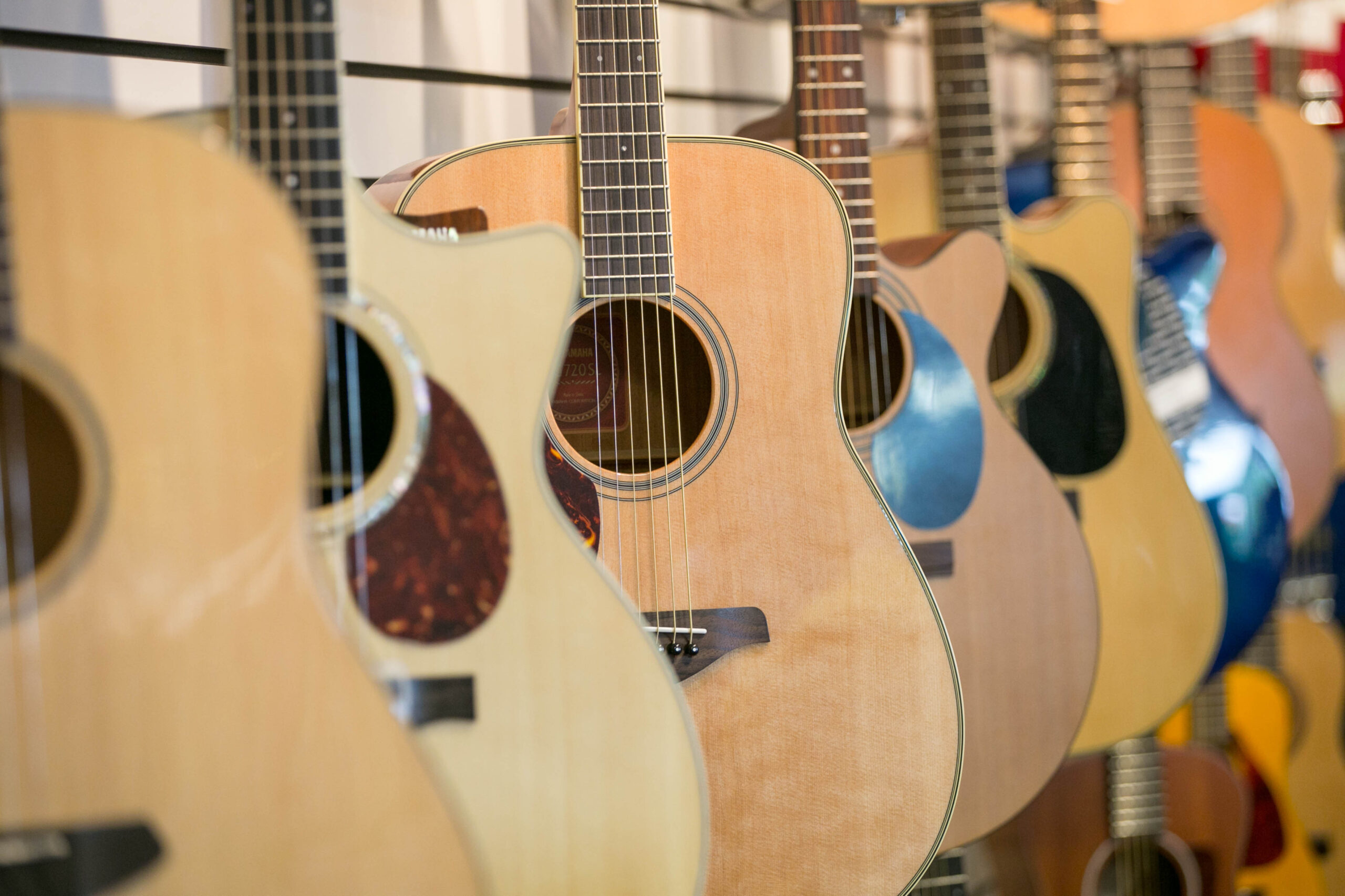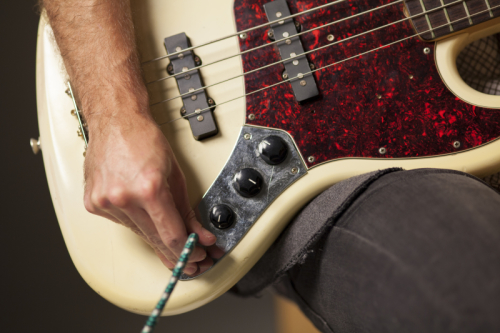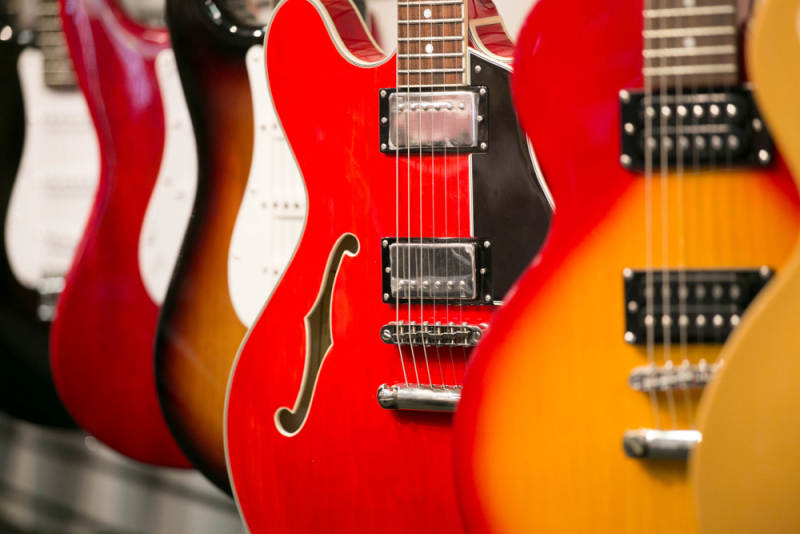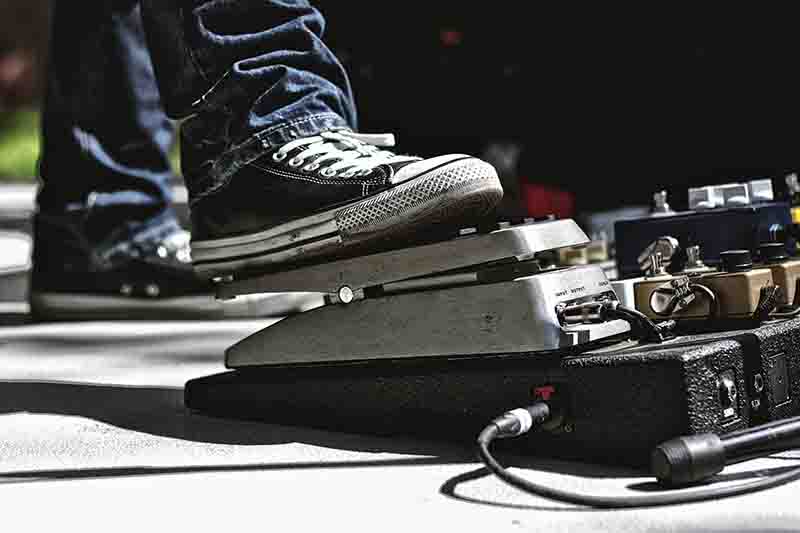April 09, 2015
How to Choose a Beginner Guitar for Your Child
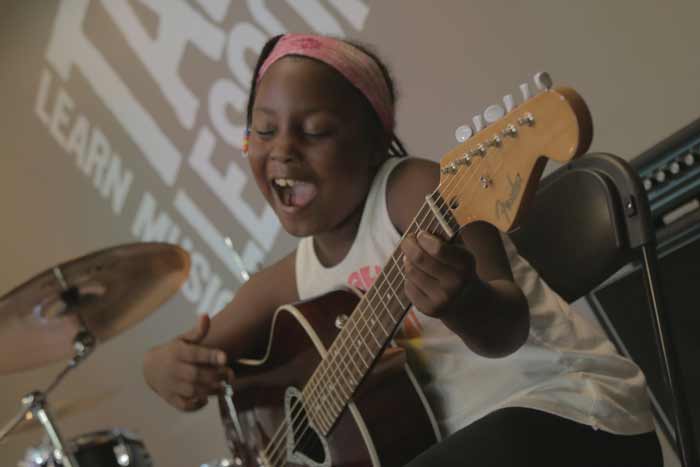

If your child is still interested in playing the guitar after some after-school lessons, it may be time to trade in that rental and surprise them with their first guitar. When it comes to purchasing a beginner guitar for your child, there are a few things to pay attention to, including size and type. With a little knowledge and compromise, you should be able to find a model that will fit into your budget and have the necessary playability, look, and sound to please everybody. Read on for a few crucial tips that will help guide you through the beginner guitar buying process.
Pick a Type
Before you start your search, it’s important to choose a type. Although mandolins and ukuleles have enjoyed a renewed popularity, an acoustic or electric guitar may be better suited for your child. While each has their own merits, neither is a right — or wrong– choice. Ultimately, the decision is yours and should be based upon the desires and interests of your child. Buying an electric guitar for a child who is mostly interested in folk music would be a mistake, as would purchasing an acoustic guitar for a child with aspirations of learning songs by their favorite metal band. In order to avoid making a mistake, sit down with your child and talk to them about which type they’d prefer. Note: if your child is left-handed, many manufacturers make left-handed versions of their guitars.
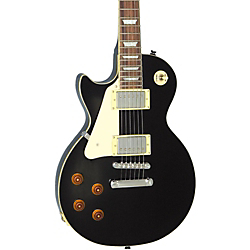

Select a Size
Choosing the correct size beginner guitar is perhaps the most crucial step on the list, as a guitar that’s too large will make it difficult for your child to make the proper reach with both of their hands. Not only is over-reaching physically painful, but it puts them at a great technical disadvantage since they won’t be able to properly move their fingers along the fingerboard. On the other end of the spectrum, a too small guitar can also be detrimental because your child will learn the wrong playing technique. The best way to find the right size is to try out different guitars but, if that’s not an option, here are some general guidelines:
- 1/2 size for ages 4-6
- 3/4 size for ages 6-10
- Standard for 10+
Learn More about the Laurel Cayon LN-50.
Set a Budget
Since this is your child’s first guitar, and they’ll eventually grow out of it and into a larger one, it’s important to set a budget you can stick to. The price of extremely high-priced guitars can run into the thousands, but you can purchase a quality beginner guitar for as low as $200-$300. Although tone improves as the price increases, the difference in tone between a guitar that costs $150 and one that costs $600 won’t be noticeable to you or your child, especially since your child is a beginner. Similarly, if your child is going to outgrow the beginner guitar in a year or two, opt for a cheaper guitar the first time around.
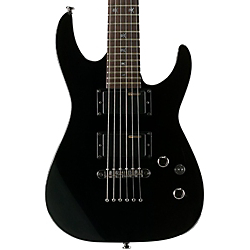

Consider Brand
While the salesman at the local music store may try to sell you on a premium brand, purchasing the most expensive guitar in the store isn’t crucial to your child’s success. If your budget is small, or if you aren’t sure if your child will stick with the guitar, you should purchase an inexpensive starter guitar from a respected brand like Yamaha or Epiphone. When browsing brands, pay attention to design and style. Kids are attracted to color and print, and guitar manufacturers deliver. Guitars with rhinestones, skulls, flames, or cartoon faces painted on them tend to be popular among young children.
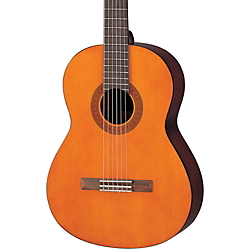

Don’t Forget the Accessories
As with full-sized guitars and other instruments, accessories are a must. At the very minimum, you’ll need to purchase extra strings, as your child is bound to break more than a few strings throughout the learning process. You should also have a supply of picks, as your child will surely lose a few along the way. Other common accessories include guitar tuners and bags. If you’re purchasing an electric guitar, an amp is a must- there’s no need to purchase anything fancy, but a simple 10-watt amp will help make the guitar more audible.
Once you decide between electric or acoustic, check out Electric Guitar Buyer’s Guide or our Acoustic Guitar Buyer’s Guide.




